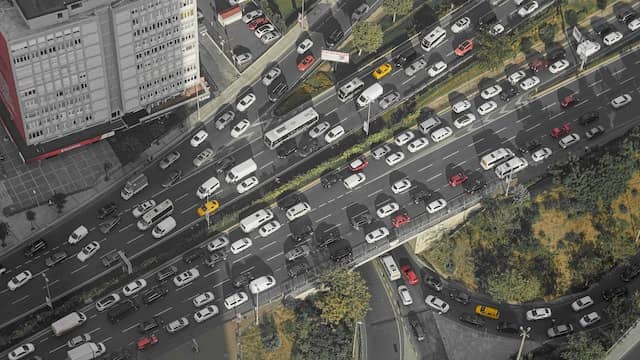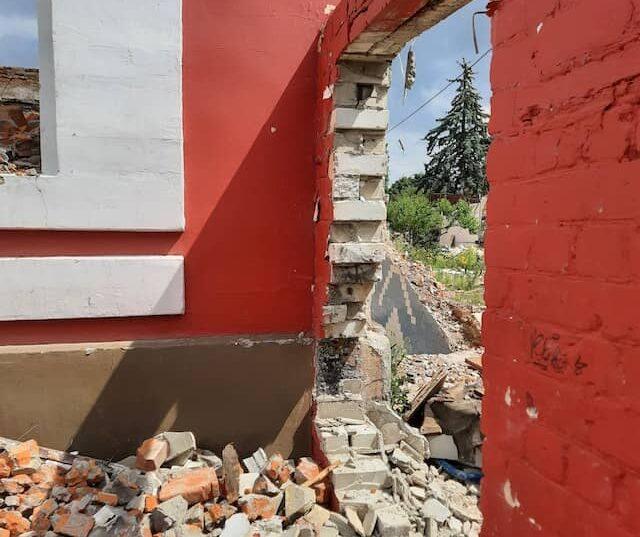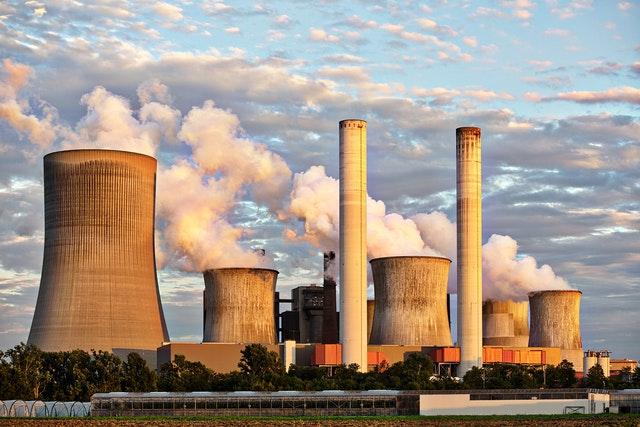4 Cities Harming the Environment and What They’re Doing About It

Cities are a key contributor to climate change.
As home to 56% of the world’s population, cities produce more than 70% of greenhouse gas (GHG) emissions. High levels of economic activity mean high energy use, particularly in the building and transportation sectors.
Building cities takes significant resources, and massive highways and parking lots do not capture carbon or prevent flooding as trees and wetlands do.
How cities are bad for the environment
As a result, cities produce significant amounts of air pollution. About 86% of people living in cities have seven times greater exposure to air pollutants than World Health Organization guidelines. This excess exposure impacts physical health and can even make you dumber.
Cities also produce lots of waste and will keep making more. By 2050, cities will discard 3.4 billion tons of garbage. Not only does it take up valuable land, but waste also produces methane, making it responsible for 5% of GHG emissions globally.
While there are about 14,000 cities around the world contributing to this problem, a recent report found that 25 mega cities (almost half of them in China) produce 52% of global GHG emissions.
Here’s a look at the big polluters and some green solutions they’re employing to make these sprawling, urban areas cleaner and more livable.
1. Air pollution in Beijing
Home to around 21 million people, Beijing is one of the top 10 polluters, primarily due to industrial buildings and on-road transportation. For this reason, air pollution has been a significant area of focus for Beijing since the 2008 Olympics.
Entrepreneurs in China are working to help people deal with toxic air, launching companies that create everything from air filters for homes, which use sensors to detect pollution and fans to direct that pollution out of the home, to bottled air designed to give people a hit of oxygen on particularly polluted days.
These startups may be doing wonders for individual health, but there’s still an opportunity for businesses to help prevent pollution by increasing energy efficiency or decarbonizing transport.
2. Transportation emissions in Los Angeles
Los Angeles is known for its sprawling, 6-lane freeways and epic traffic jams. Like Beijing, on-road transportation accounts for a substantial amount of Los Angeles’s GHG emissions, 19% to be exact.
Gasonline-powered private vehicles and industrial trucking that use fossil fuels account for most of LA’s on-road pollution, including GHG emissions, air pollutants, and heat and noise pollution.
But new technologies are in the works that help get people where they need to go while reducing private vehicle trips. Micromobility projects, such as bike shares and scooters, allow people to ditch cars and rideshares for shorter trips using these smaller, zero-emission vehicles. Apps like Moovit, a map platform that improves access to public transportation by giving live updates on public transport services, get people out of cars and onto environmentally friendly transit options.
The government is also being proactive. Last month, California air quality officials released a bold climate plan that requires California’s emissions to be reduced by at least 40% by 2030 and 85% by 2045. The plan includes a rule that all new passenger vehicle sales in California will be zero-emission or long-range hybrid by 2035.
3. Waste in New York
While buildings and transportation account for most of New York’s GHG emissions, waste comes in third, accounting for 5% of the Big Apple’s total GHG emissions. In general, Americans waste a lot. The average American produces 2 kg of waste daily, up to 809 kg annually.
The good news for businesses is that sustainable waste strategies create ten times more jobs than sending waste to landfills or burning it. Today New York City is only recycling 17% of its waste and composting 1.4%. Food waste has been a particularly stubborn problem for the city. Despite government-backed food waste challenges and bills curbing restaurant waste, the city continues to struggle as advocates call for more robust, reliable, and accessible composting.
Companies are developing technologies to combat this food waste problem. One startup created a process to grind up old food and use digestive enzymes to turn it into fertilizer within three hours. Other companies are working to stop the problem at their source with Zero Waste Manufacturing. This strategy centers on reducing and reusing materials throughout the supply chain to achieve optimal levels of consumption.
4. Building efficiency in Frankfurt
In Frankfurt, Germany, industrial, commercial, and residential buildings contribute substantially to GHG emissions.
Increasing efficiency can play a major role in reducing these emissions. Smart city initiatives are one-way cities like Frankfurt increase their efficiency and improve their quality of life. Smart City Frankfurt worked with businesses, scientists, and citizens to identify 12 priorities that needed attention. They included intelligent traffic control, which reduces emissions from idling, smart heating for houses, which reduces unnecessary energy use, and improved environmental and health data.
Not only do these initiatives help cities reduce emissions, but they also hold opportunities for new businesses to jump in and help develop new technologies. As global temperatures rise, cities will find themselves with new problems to manage, and demand for smart solutions will grow.
If you want to know more about how your own city ranks in air pollution, check out IQ Air.
Thanks for reading! Do you want to create thought leadership articles like the one above? If you struggle to translate your ideas into content that will help build credibility and influence others, sign up to get John’s latest online course “Writing From Your Voice” here.


